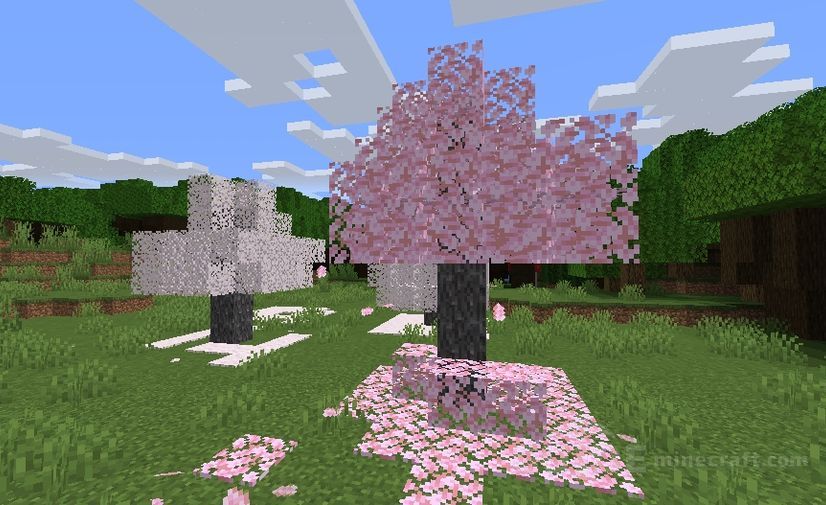
- MINECRAFT FORGE 1.14 4 INSTALL
- MINECRAFT FORGE 1.14 4 MOD
- MINECRAFT FORGE 1.14 4 MODS
- MINECRAFT FORGE 1.14 4 SOFTWARE
MINECRAFT FORGE 1.14 4 INSTALL
Bukkit allowed server owners to install plug-ins which modified the server's way of taking input and giving output to the player without players having to install client-side mods.
MINECRAFT FORGE 1.14 4 SOFTWARE
CraftBukkit, a server software which implemented the Bukkit API was also released.
MINECRAFT FORGE 1.14 4 MOD
Bukkit, a server-side mod intended to replace hMod was also released during this time.
MINECRAFT FORGE 1.14 4 MODS
As opposed to their predecessors, these mods had the potential to change the entire game instead of simply tweaking minor aspects of it. Minecraft was now preparing to move into its beta development phase, and popular mods such as IndustrialCraft, Railcraft and BuildCraft were first released. Towards the end of 2010, new mods were released which featured more content than previous ones.

To solve this problem, Risugami's Modloader was created Modloader prevented any conflict occurring due to multiple mods modifying the same base classes or game resources. But, if multiple mods modified the same base code, it would conflict. MCP would recompile and reobfuscate new and changed classes, which can be injected into the game. MCP was a tool which decompiled and deobfuscated Minecraft code. Michael Stoyke, also known as Searge who would later go on to work for Mojang, created Minecraft Coder Pack (MCP), which was later renamed to Mod Coder Pack, keeping the same acronym.

One of them was hMod, which added some simple but necessary tools to manage a server. With the release of Alpha, the first server-side mods began to appear. The only mods that were released during Minecraft 's Indev and Infdev development stages were a few client-side mods which had minor changes to the game. Even though the first ever version of Minecraft was released in May 2009, client-side modding of the game did not become popular in earnest until the game reached its alpha stage in June 2010. Minecraft was first fully released on Nov 18, 2011. However, Mods in Bedrock Edition have less flexibility because they can only modify features that Mojang explicitly allows and exposes Players who wish to mod their game on Bedrock codebase versions have a simpler process due to the version's built-in official support for "add-ons", which can be installed faster than Java Edition mods, and requires no external mod loaders. Modding for the mobile and console versions of Minecraft on the Bedrock codebase is different as that version of the game is written in C++ rather than Java. The game provides no modding API for the Java edition, although Mojang does provide methods for deobfuscating the game. Mojang and Microsoft provide little official support for this. Modifications to the Java Edition of Minecraft are possible because for each new major version of the game, the community reverse-engineers Minecraft 's source code, which is written in Java. Client mods can result in loss of performance (due to resource demands) for older or weaker computers, especially if the player combines many mods together into a "modpack" however, some client mods can increase the game's performance.

Client mods can change the behavior or appearance of any aspect of the game, and commonly add new blocks, items, mobs, vehicles, and even dimensions.

Client mods require the player to add files to their game folder and install a mod launcher/loader such as Forge, while server modding leaves the player's game folder untouched and only changes the behavior of the server, to which the player can then log on in order to play a varied game. The Java Edition of Minecraft (available for Windows, macOS, and Linux) can be modded through the client or server. Over the course of the years, many independent programmers have made use of that in order to create additional content for the game, known as "mods". Minecraft is a video game particularly known for its adaptability for modifications.


 0 kommentar(er)
0 kommentar(er)
